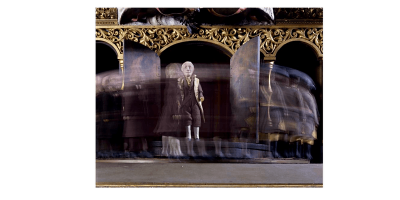15 March 2021 - 17 h 30 min - 18 h 30 min

This paper focuses on the “Great Historical Clock of America,” a monumental clock which toured the United States, Europe, as well as New Zealand and Australia in the last quarter of the 19th century. The clock, a collection of automated vignettes representing characters such as Pocahontas or George Washington, acted as a compendium of the country’s history. Its complex mechanisms, as well as its international course, made it quite literally put American history in motion. Yet while it was meant as an edifying display of American patriotic themes for national and international audiences, and while it promoted technological progress and American ingenuity, it was built on an obsolete European model, that of the 1352 astronomical clock of the Strasbourg cathedral. This paper examines the conflicted impulses animating this fascinating object, and, through it, late 19th-century American culture’s relationship to its own history.
Hélène Valance (CNRS LARCA research fellow, 2020-21) is associate professor at the University of Bourgogne Franche-Comté. She is a specialist of American visual culture of the 19th-20th century, and is the author of Nocturne: Night in American Art, 1890-1917 (Yale University Press, 2018). Her current research focuses on the visual culture of historical reenactment in the19th and 20th centuries. Her work has received the support of the Terra Foundation for American Art, the Smithsonian Institution, and the Fondation de France.

